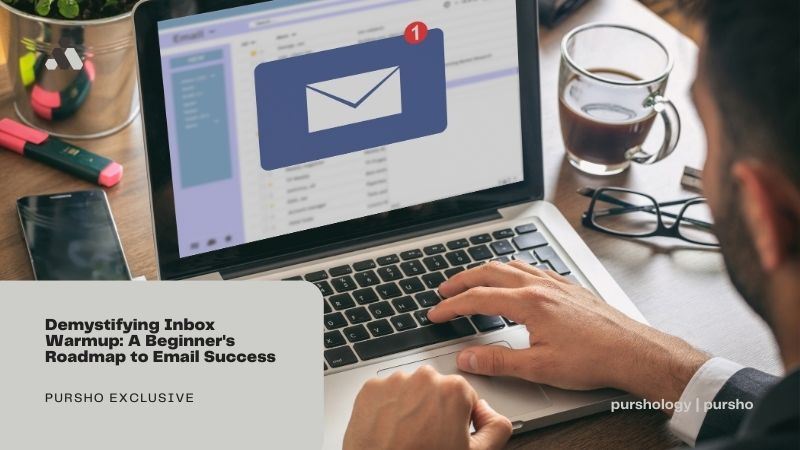In the realm of email marketing, achieving inbox success is the holy grail. Yet, navigating the nuances of inbox warmup a critical process in establishing sender reputation and maximizing deliverability—can seem daunting to newcomers. Fear not! In this beginner’s guide, we’ll demystify the concept of inbox warm-up, offering insights and strategies to set you on the path to email triumph.
What is Inbox Warmup?
Inbox warm-up is the process of gradually increasing sending volume and establishing trust with internet service providers (ISPs) to ensure that your emails land in recipients’ primary inboxes rather than being relegated to spam folders. This gradual approach signals to ISPs that your emails are legitimate and worthy of inbox placement, thereby enhancing deliverability and engagement.
Why is Inbox Warmup Important?
Inbox warm-up is crucial for marketers seeking to maximize the effectiveness of their email campaigns. ISPs employ sophisticated algorithms to evaluate sender reputation and determine inbox placement. By engaging in a systematic warm-up process, marketers can build a positive reputation from the outset, improving the likelihood of their emails reaching recipients’ inboxes.
Understanding the Warm-Up Process:
- Establish a Solid Foundation: Before embarking on your warm-up journey, ensure that your email infrastructure is in order. This includes verifying your domain, configuring authentication protocols such as SPF, DKIM, and DMARC, and setting up a dedicated IP address if feasible.
- Start Slow: Begin your warm-up process by sending emails to a small segment of your subscriber list at a conservative volume. Gradually increase sending volume over time to build trust with ISPs and minimize the risk of triggering spam filters.
- Monitor Key Metrics: Keep a close eye on key performance indicators such as open rates, click-through rates, and spam complaints throughout the warm-up period. This data provides valuable insights into the effectiveness of your email campaigns and enables you to make data-driven adjustments to your strategy as needed.
- Maintain Engagement: Prioritize consistent engagement with your audience by crafting compelling content, personalizing your messages, and encouraging interaction through calls-to-action. Engaging content signals to ISPs that your emails are valuable and relevant to recipients, enhancing your sender reputation.
- Adapt and Iterate: Email warm-up is not a one-size-fits-all process. Continuously monitor and evaluate your results, and be prepared to adapt your strategy based on performance metrics and ISP feedback.
Conclusion
Inbox warm-up is a foundational element of email marketing success. By understanding the process and implementing best practices, marketers can enhance deliverability, engagement, and ultimately, the effectiveness of their email campaigns.




